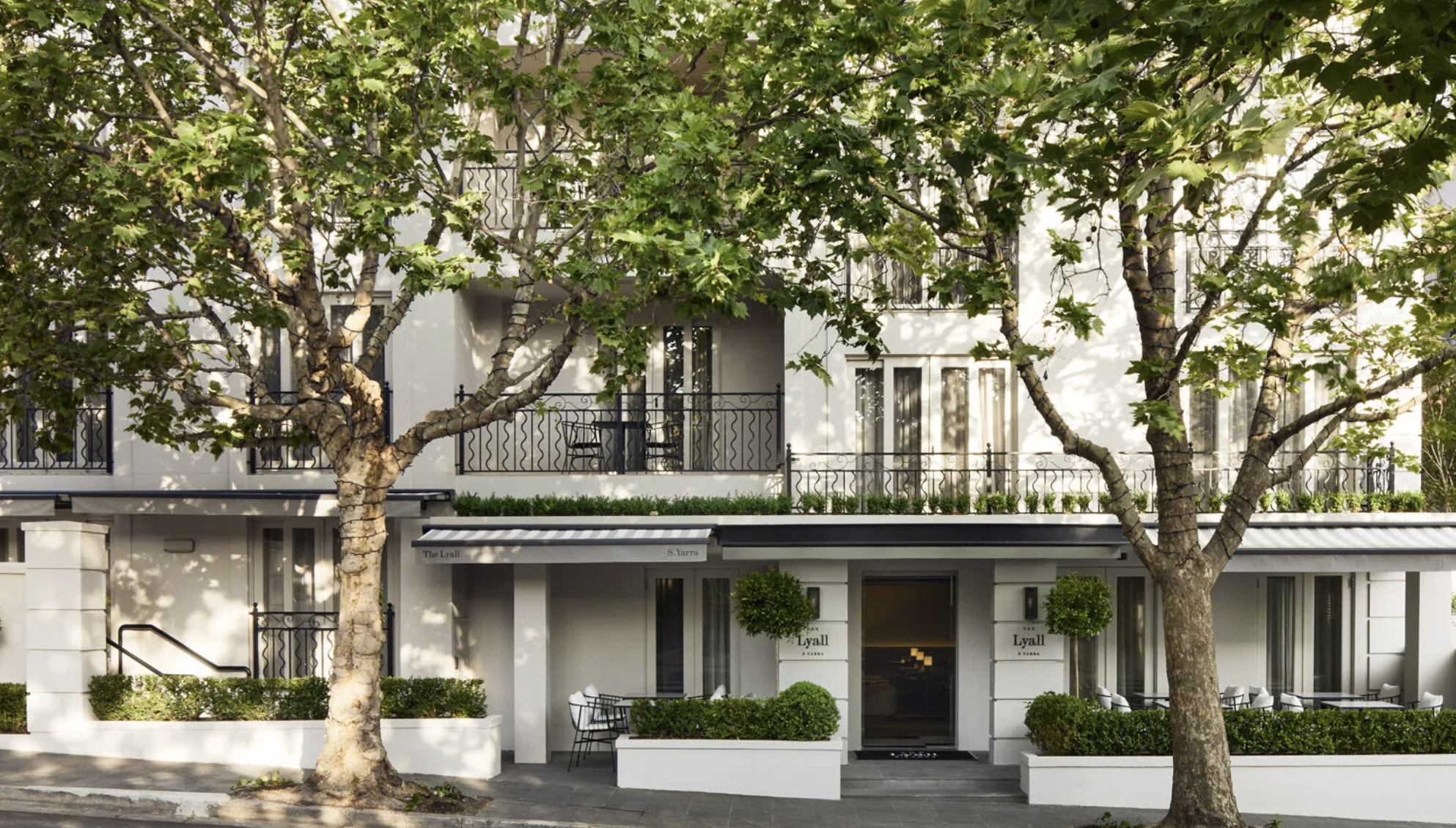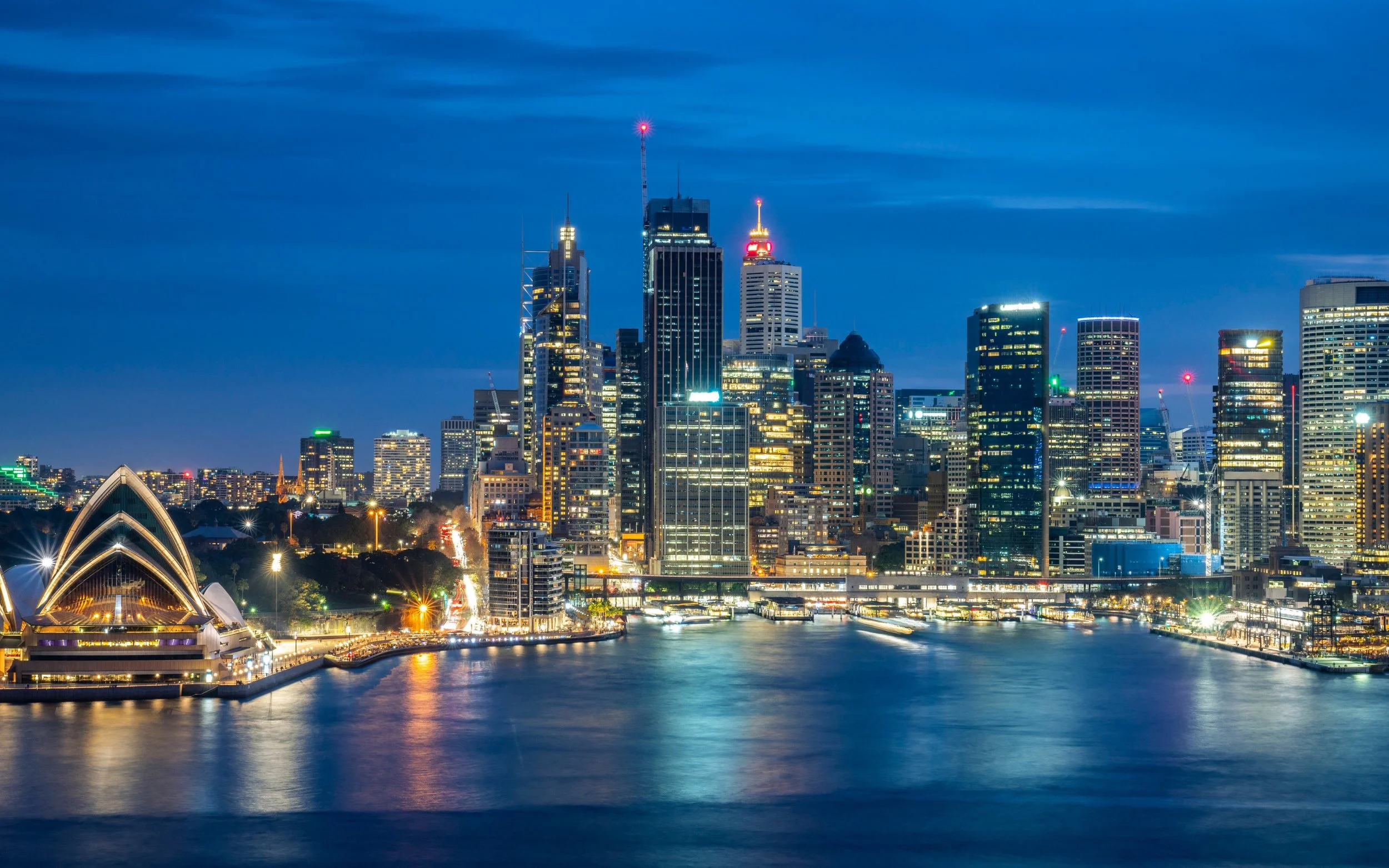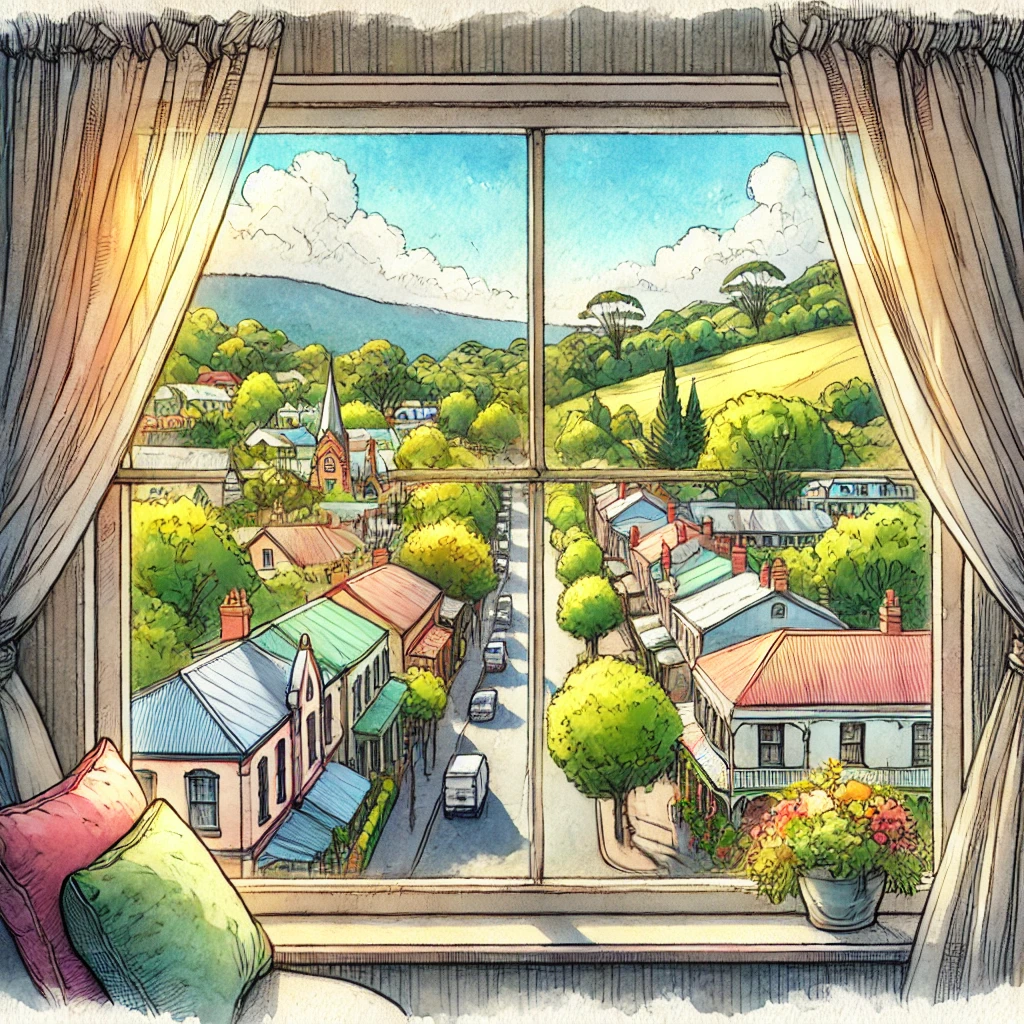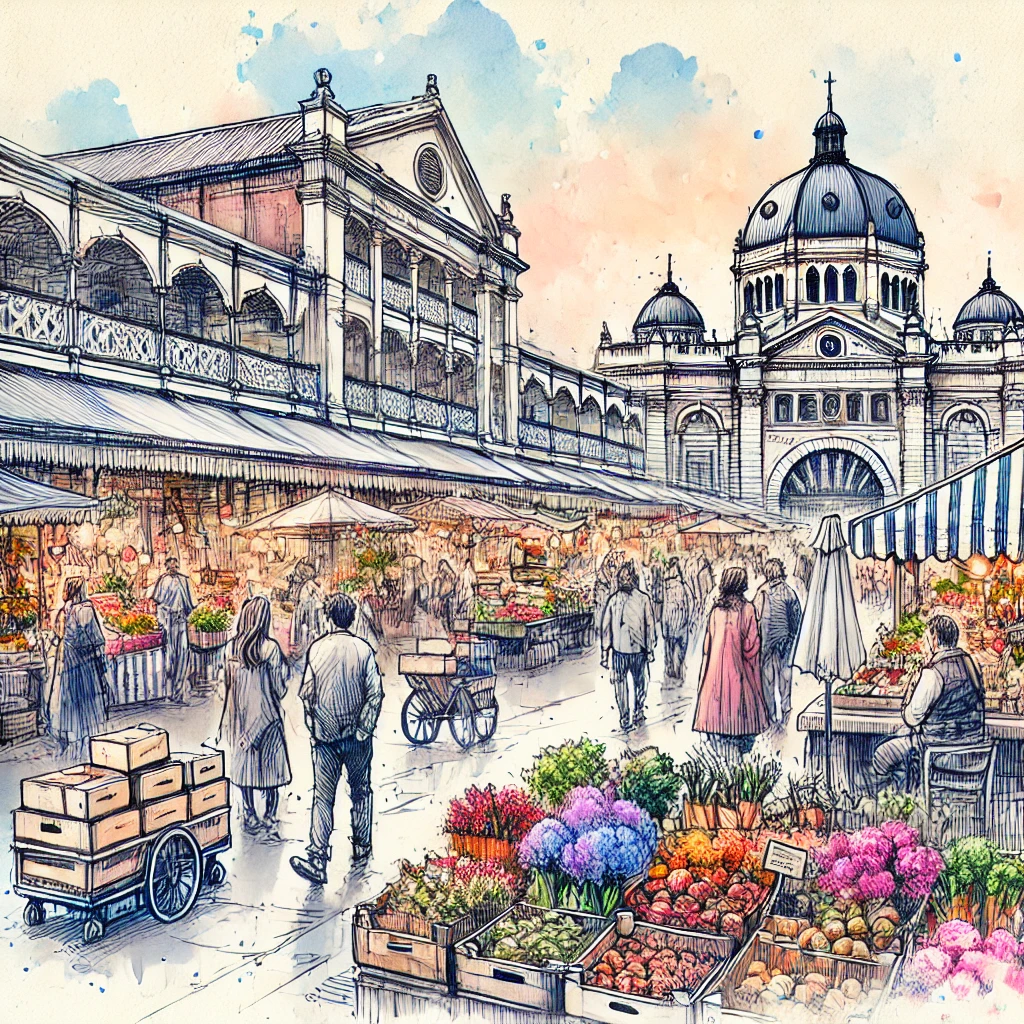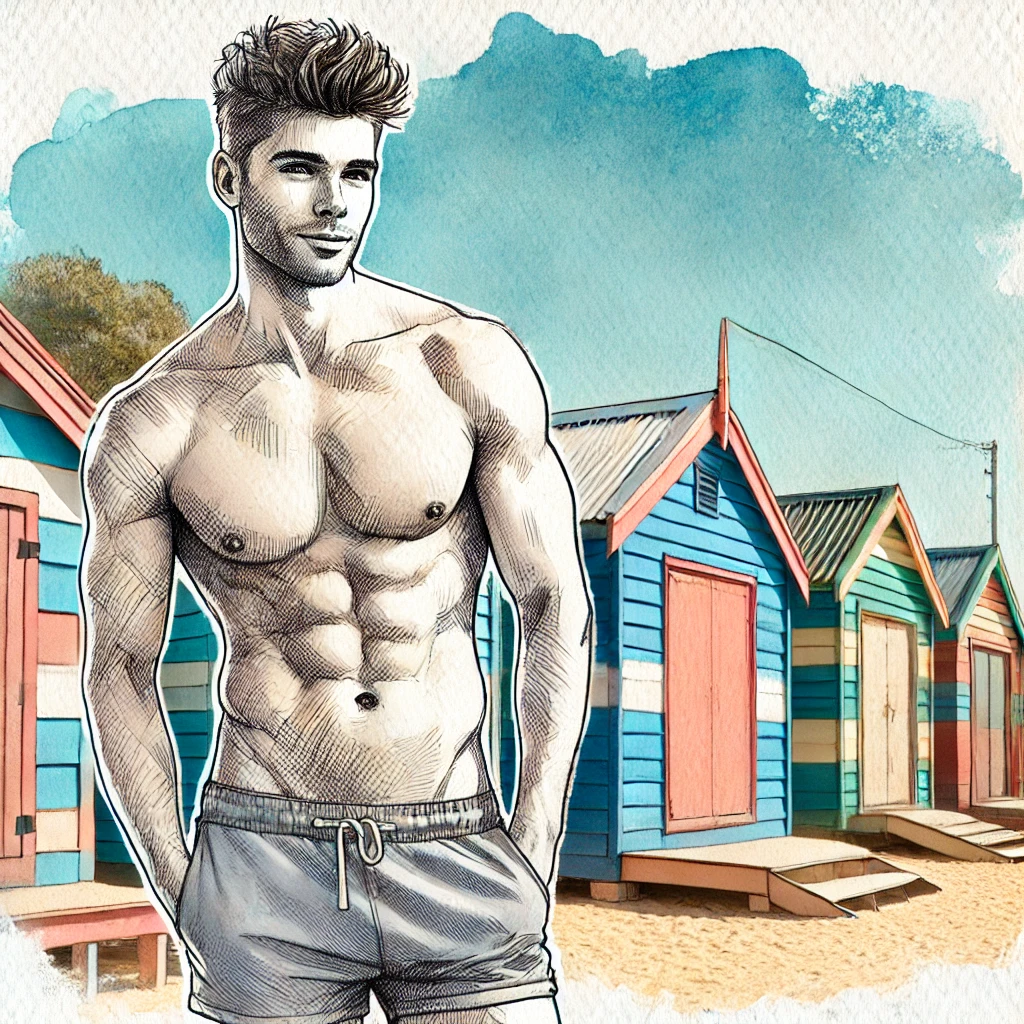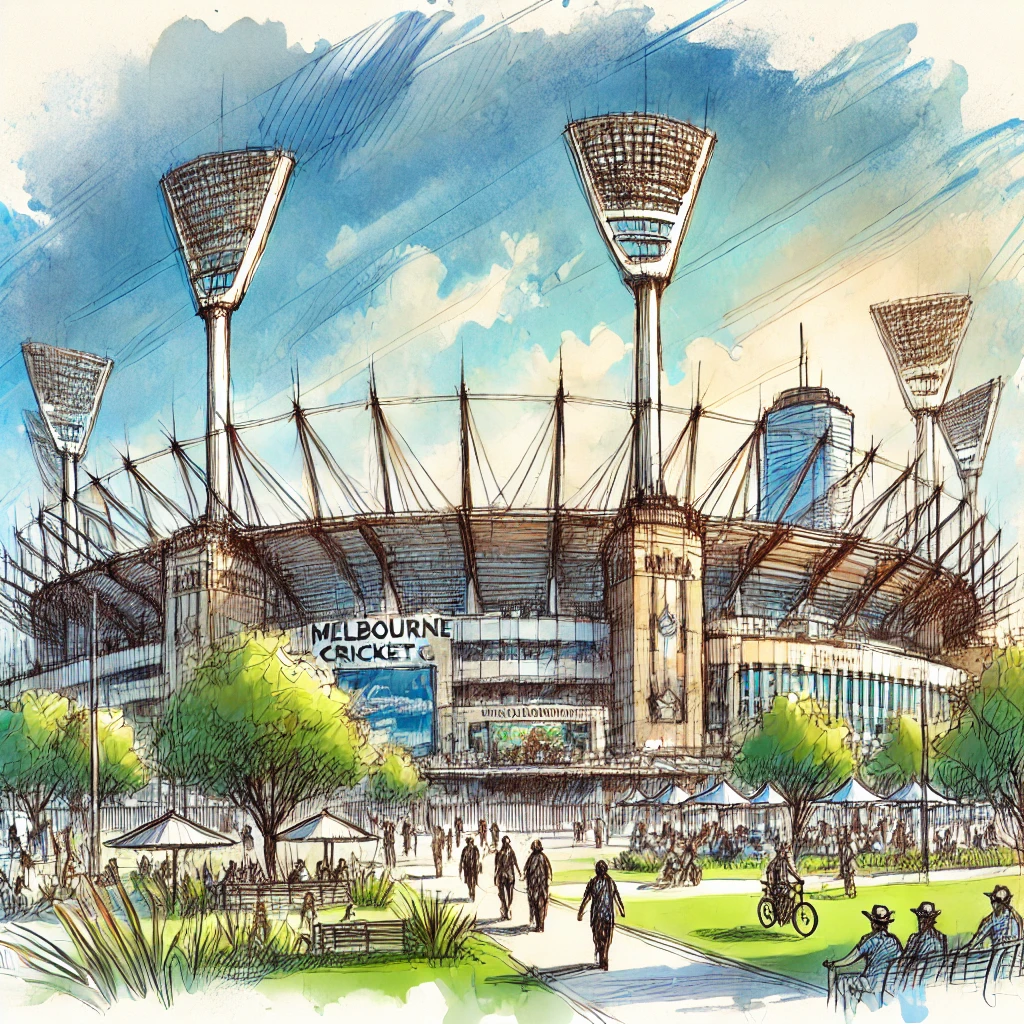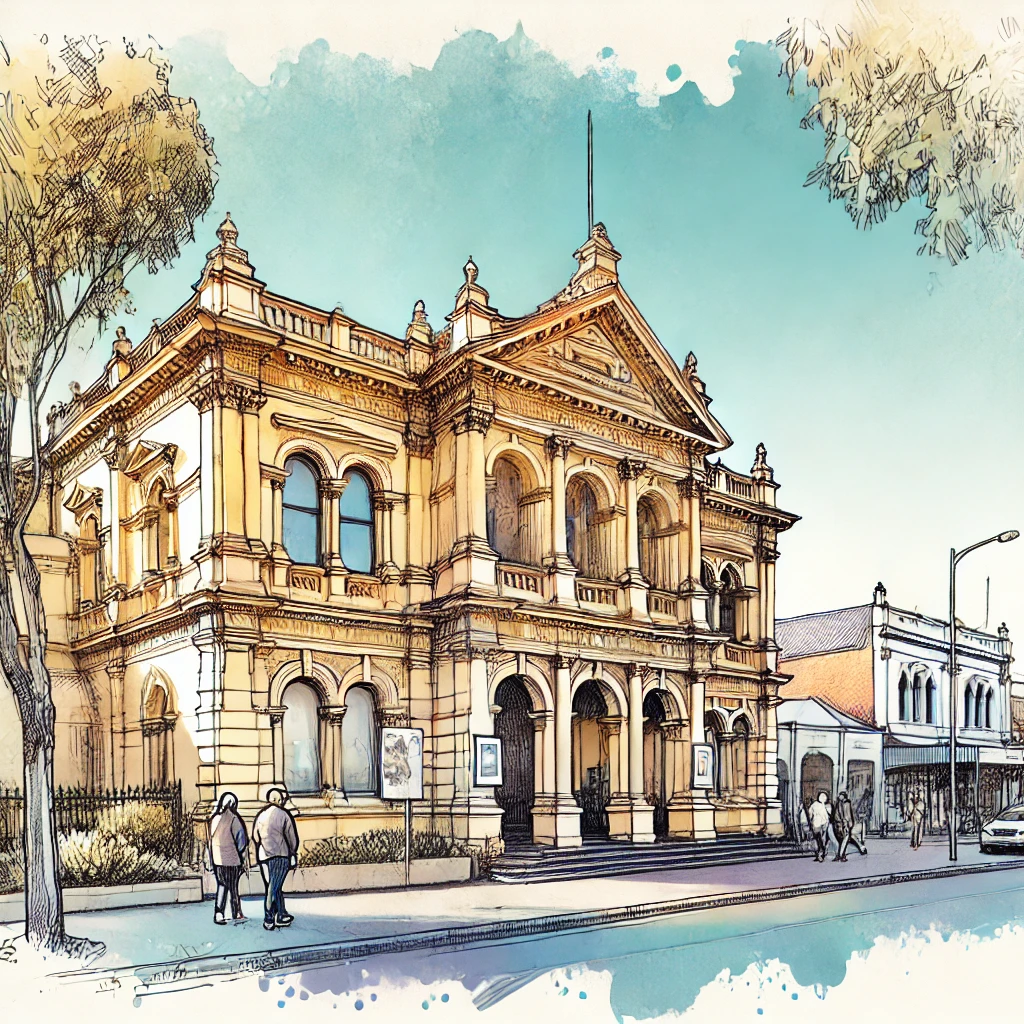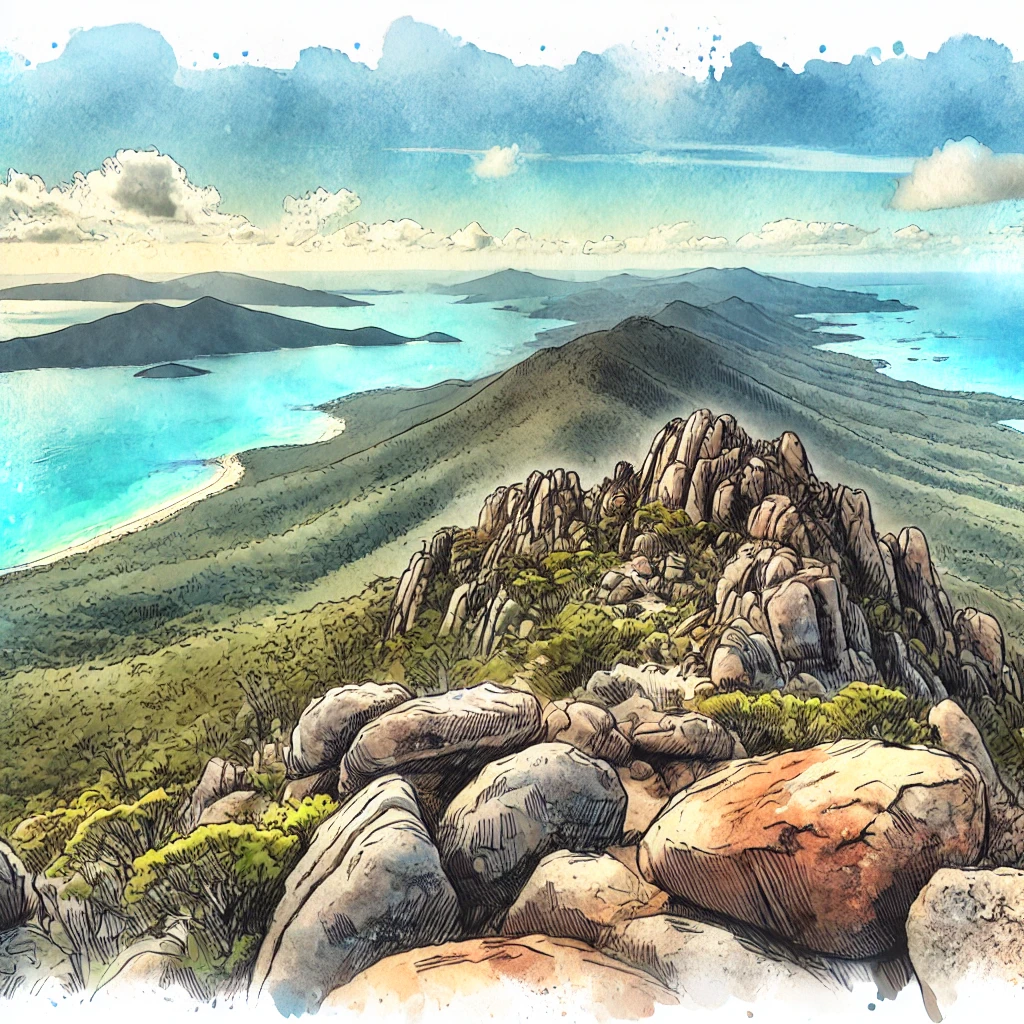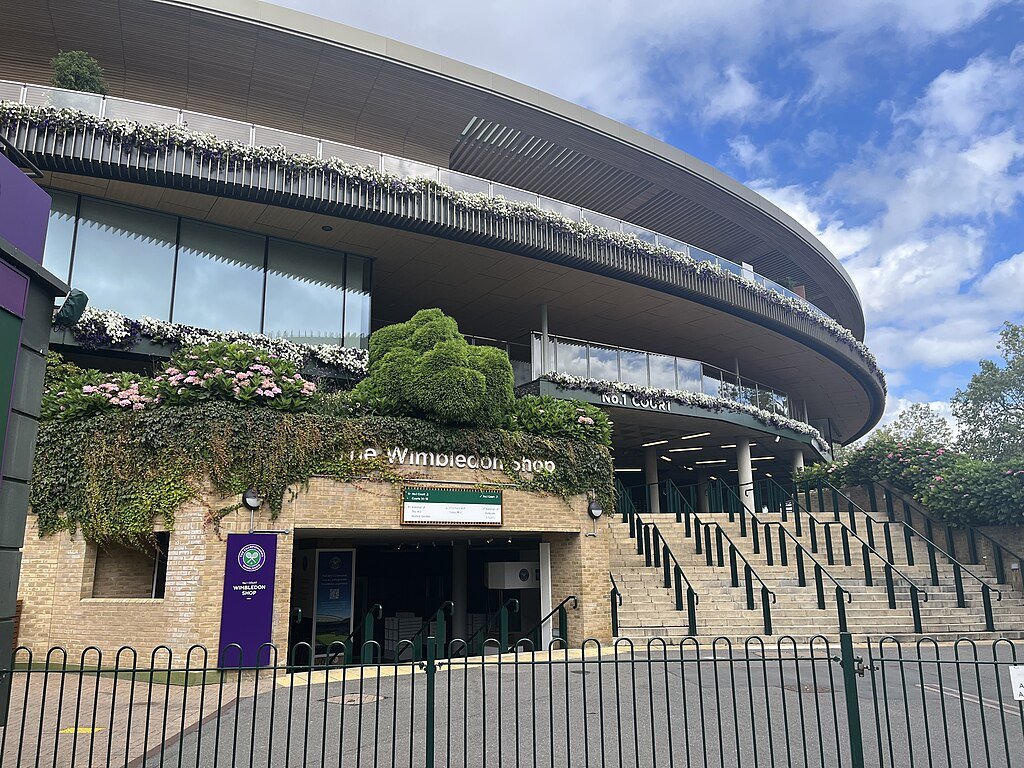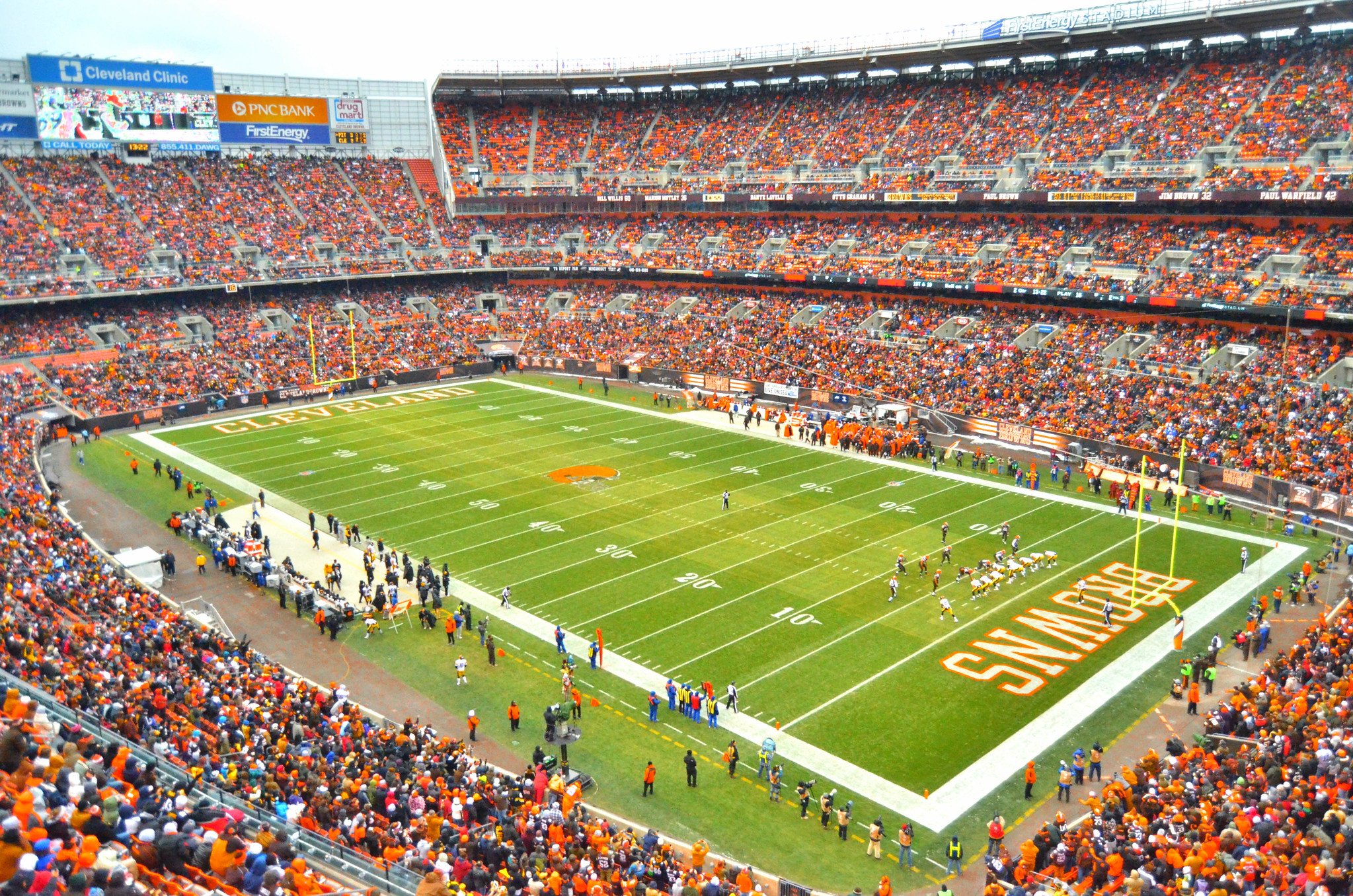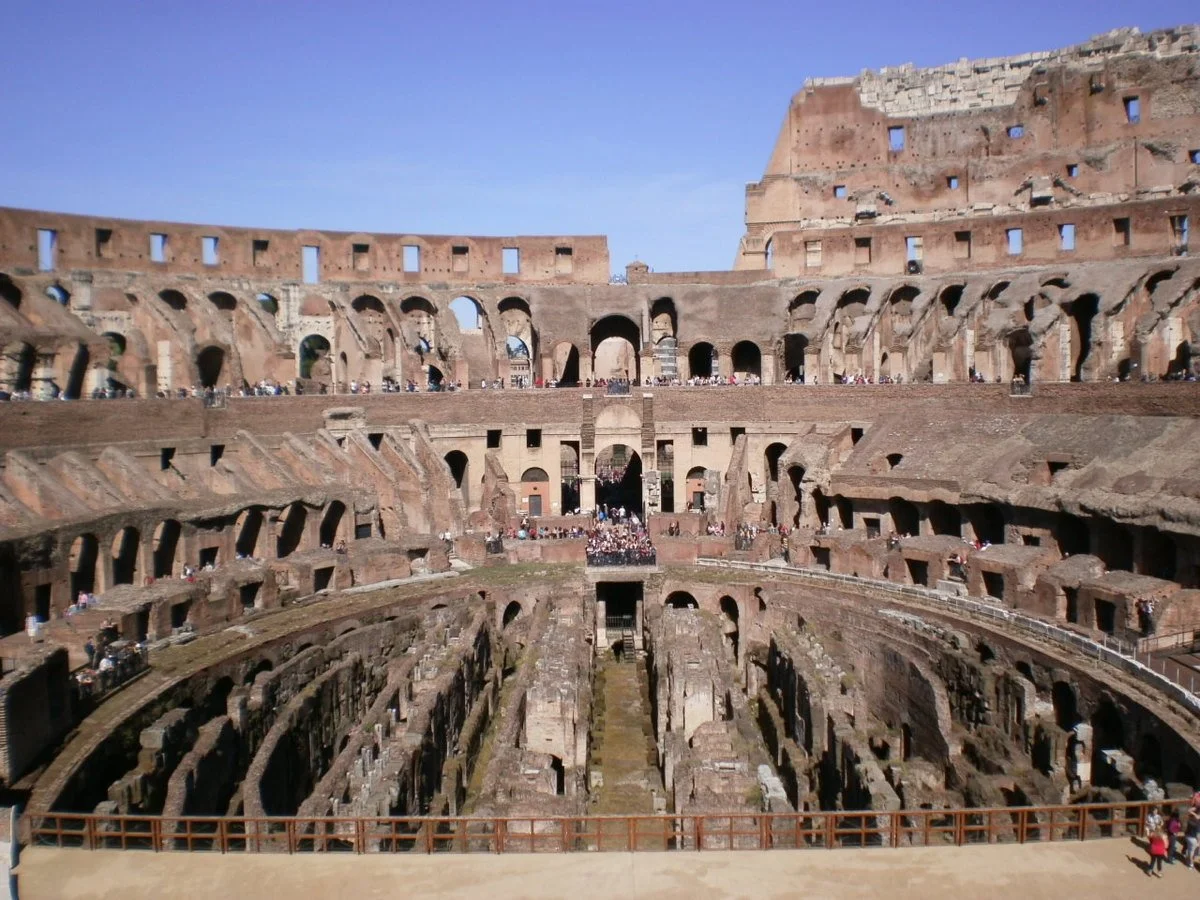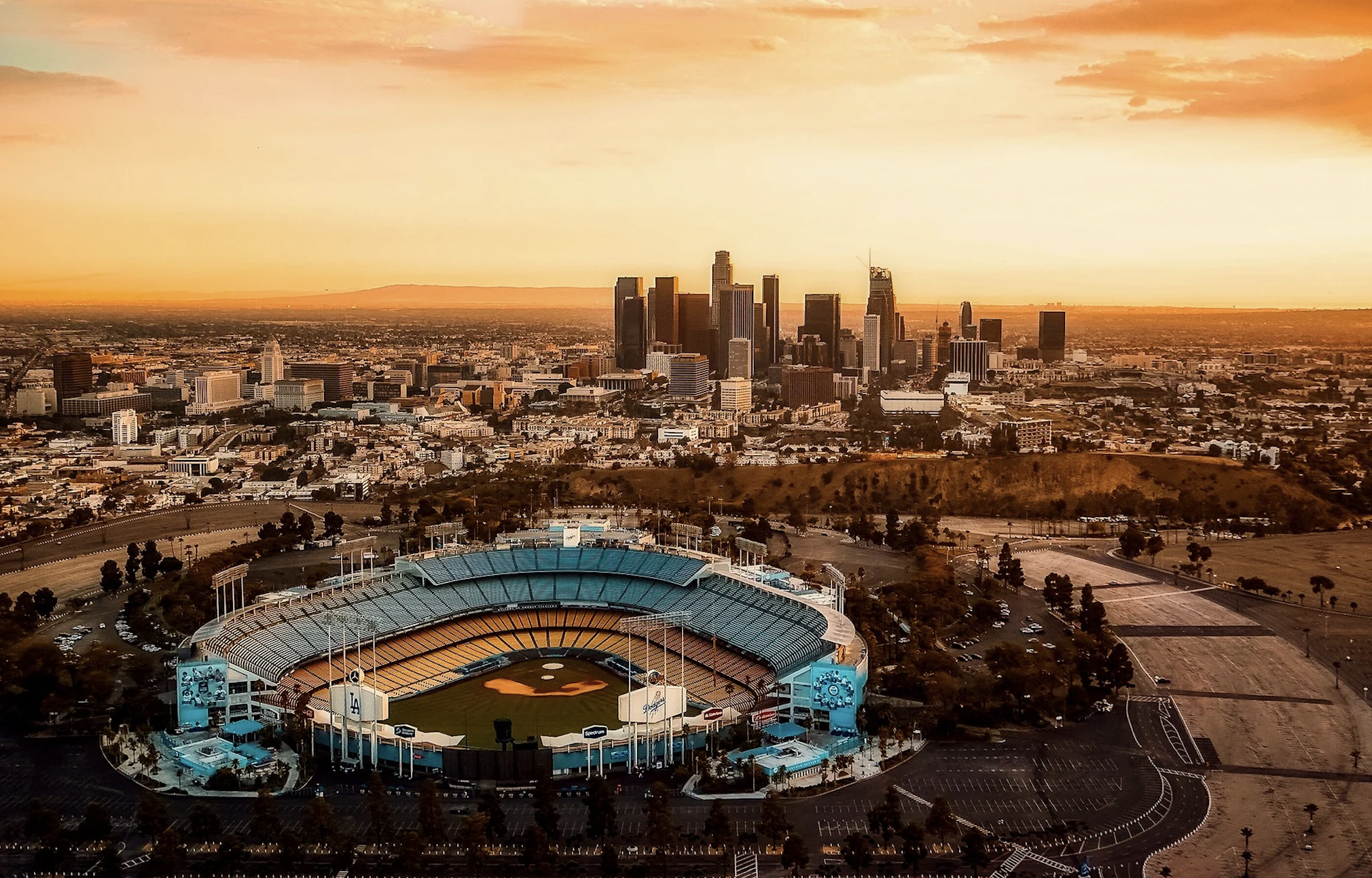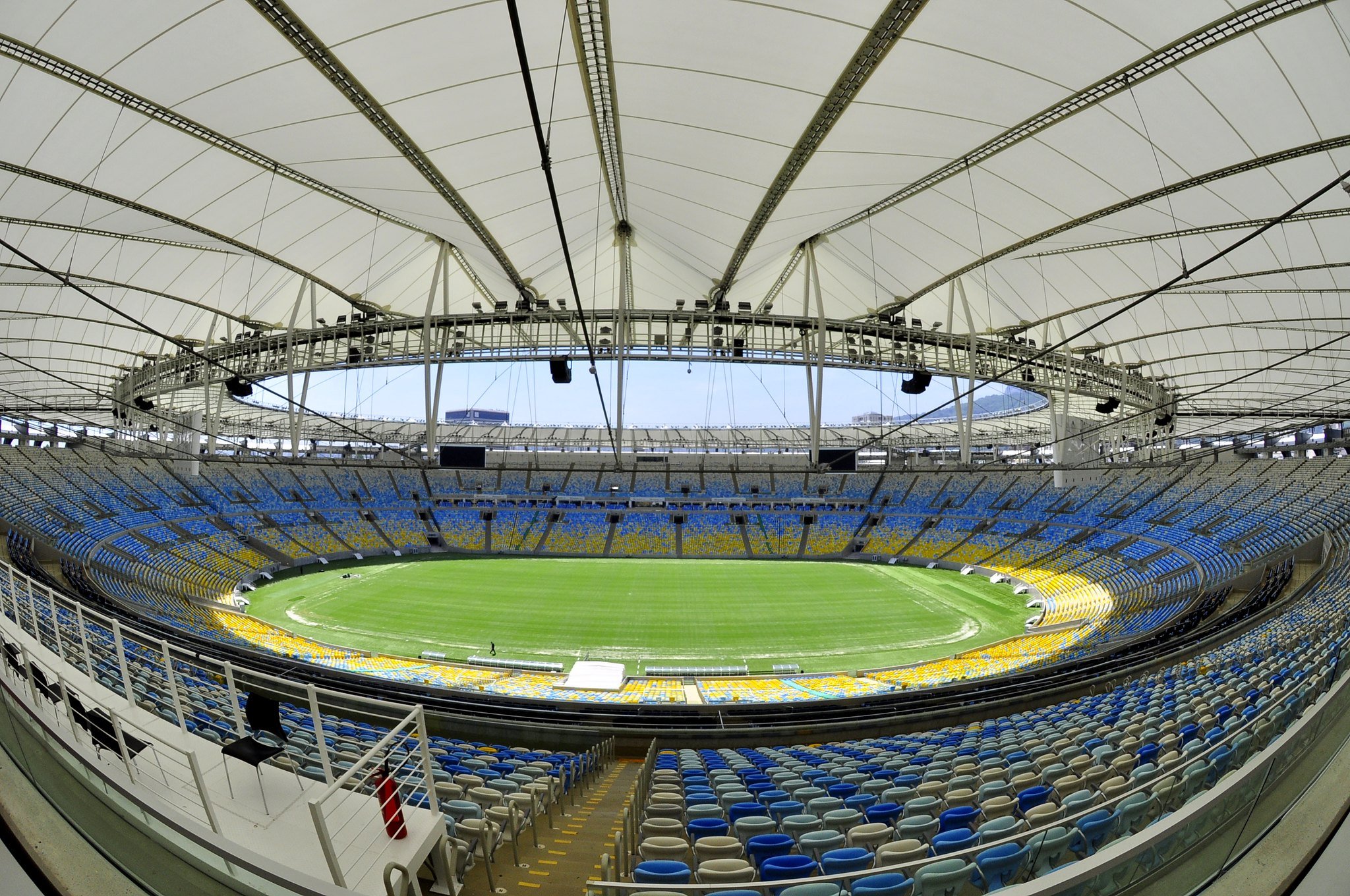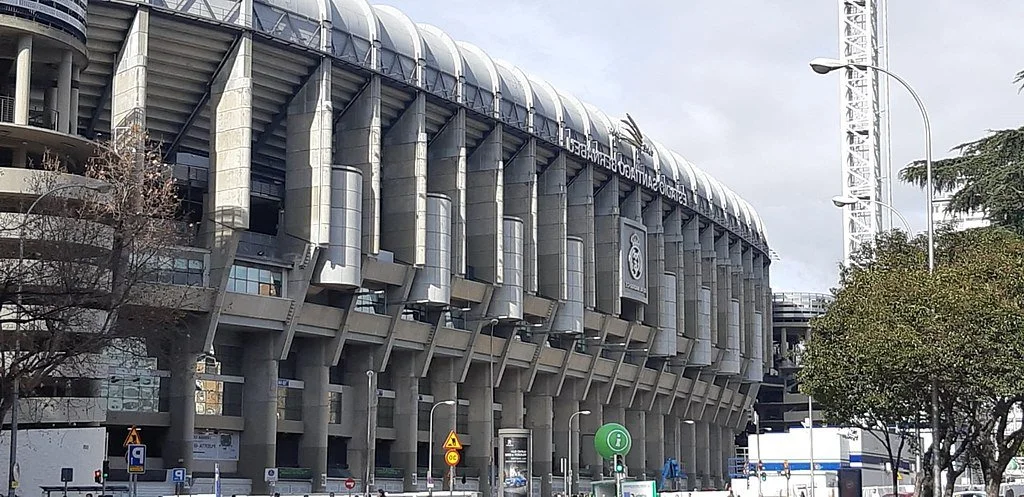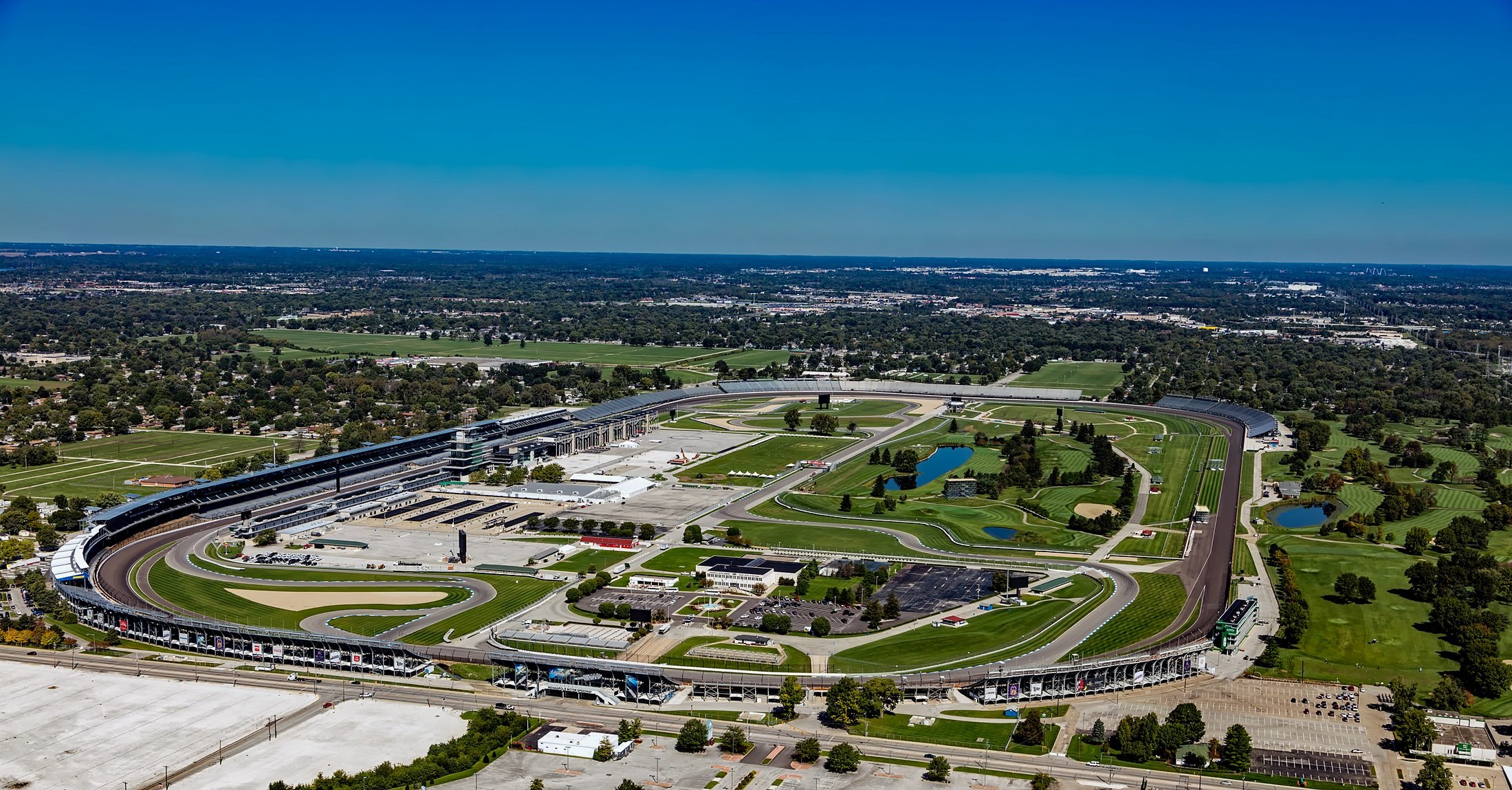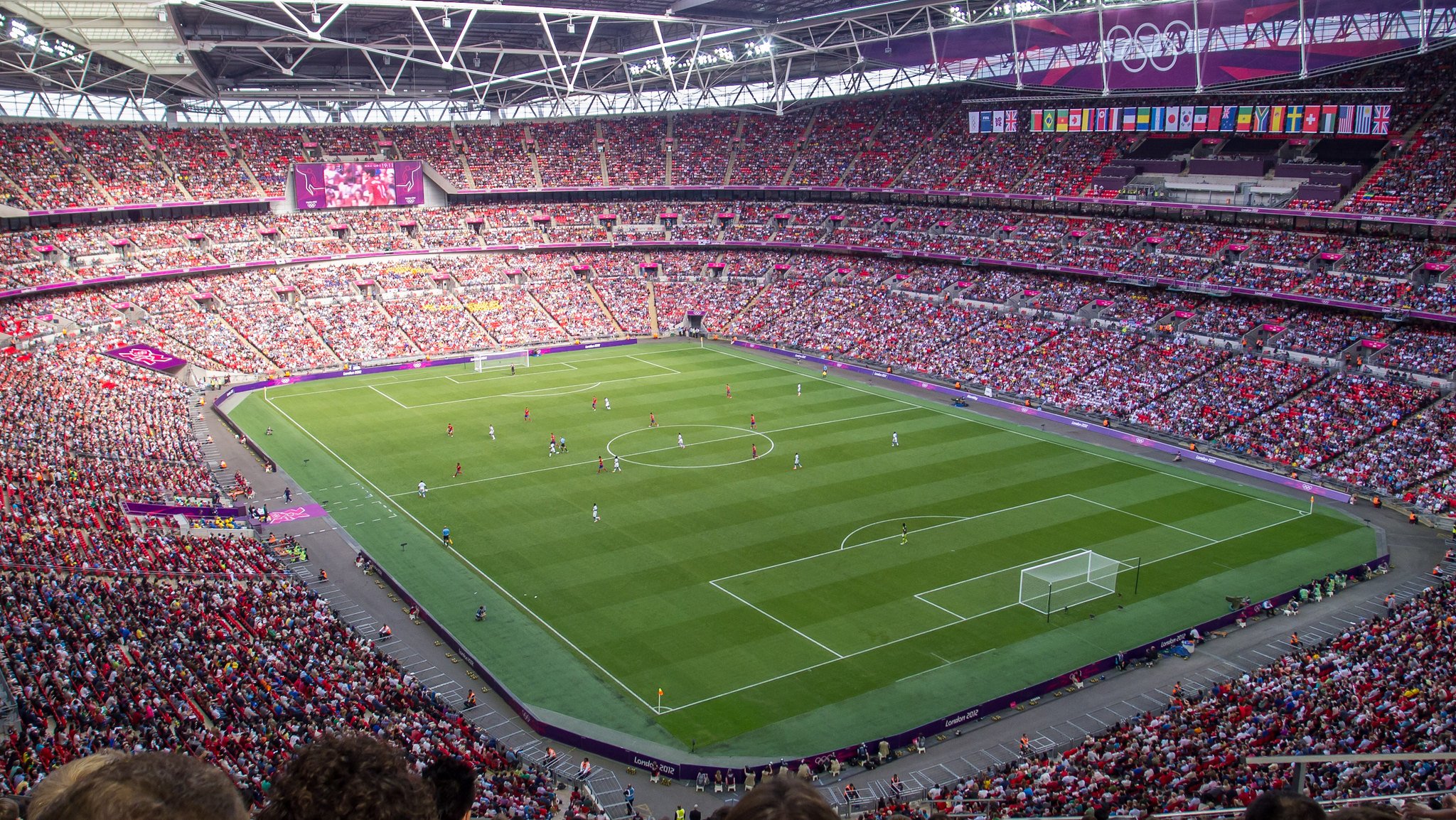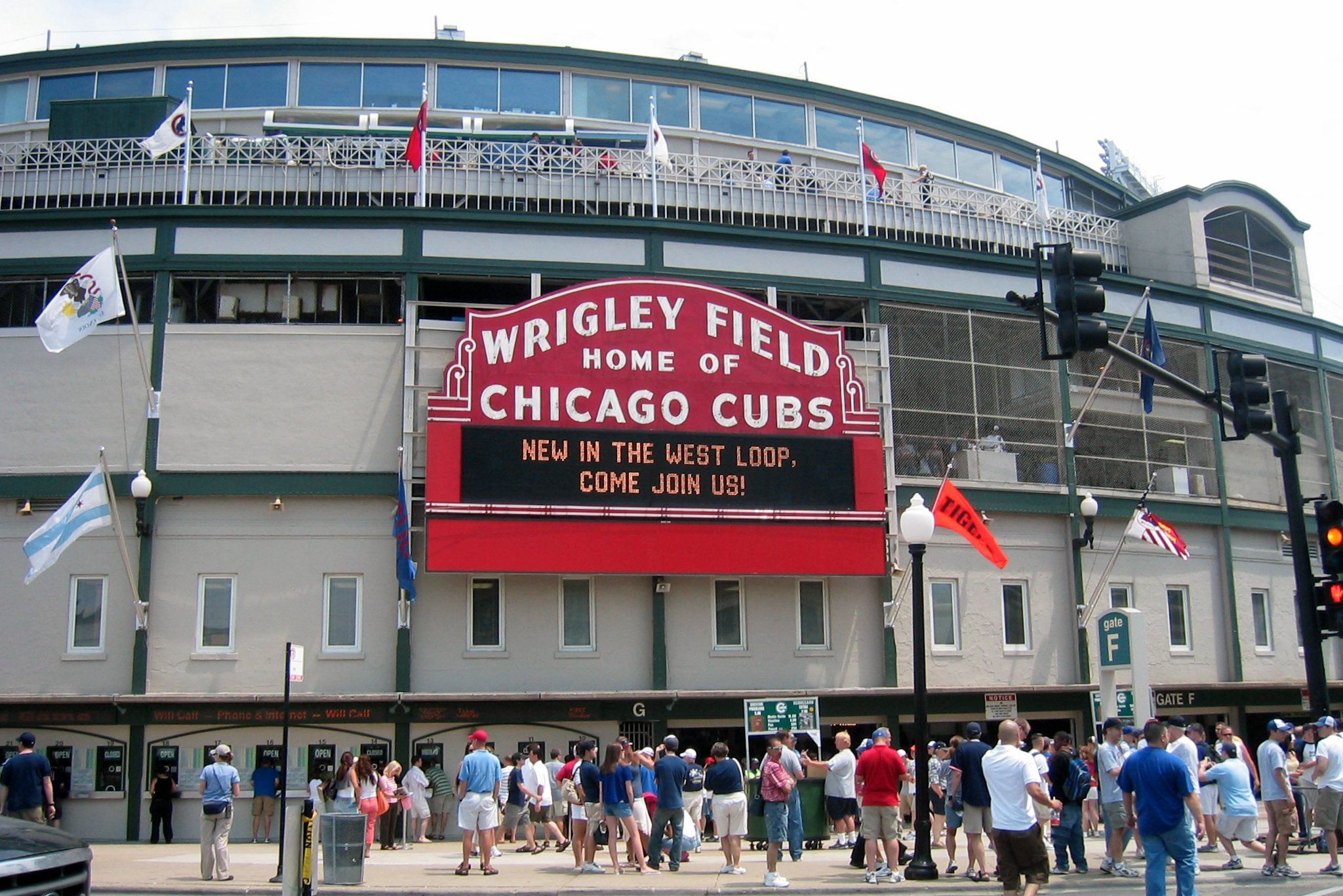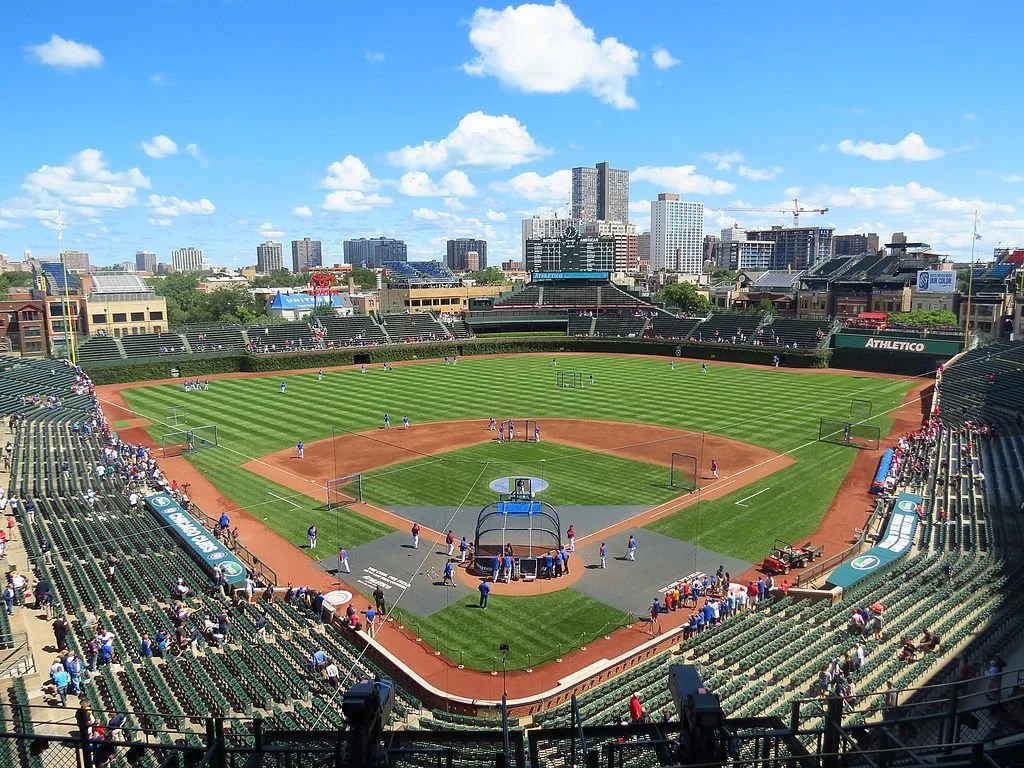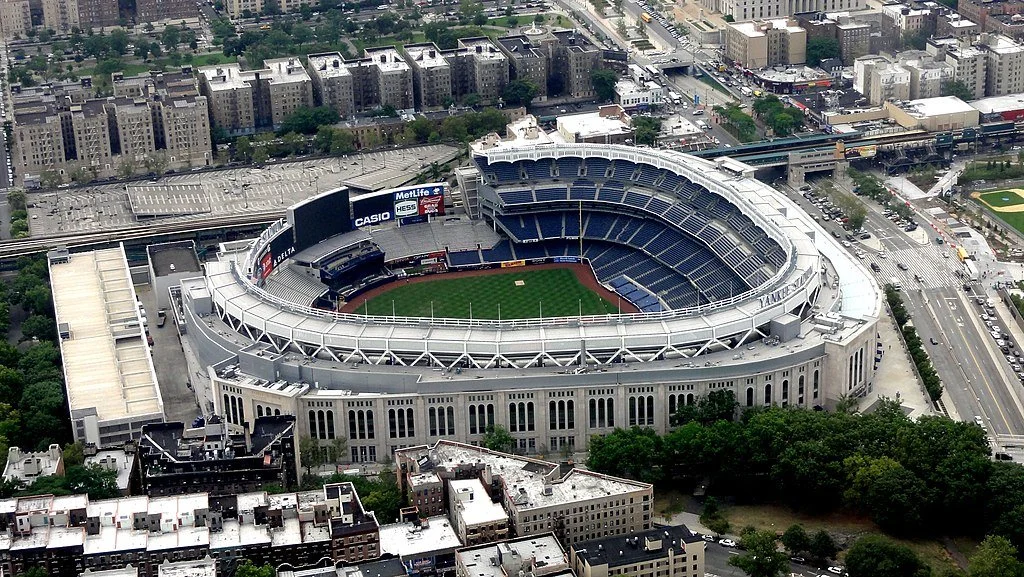From foodie favorites to spa retreats, these luxury hotels in Sydney and Melbourne, Australia offer stays as unique as your travel style.
Sydney and Melbourne rank among Australia’s top destinations, each offering its own flavor of luxury. But choosing the right hotel depends on the kind of traveler you are. Are you a foodie chasing the next great meal? An architecture buff who wants a room with a view? Or someone who craves immersive cultural experiences from check-in to checkout? Whatever your travel style, I’ve rounded up the perfect luxury stays in Sydney and Melbourne based on your number-one priority.
“Are you a foodie chasing the next great meal?
An architecture buff who wants a room with a view?
Or someone who craves immersive cultural experiences from check-in to checkout? ”
Best Hotels for Foodies
If you’re searching for the best Sydney hotel deals with exclusive benefits start by thinking about what’s nearby — especially if you plan to eat your way through the city. For foodies, location can make or break a luxury stay. Here are two standout options, perfectly placed for gourmet adventures in Sydney and Melbourne.
Park Hyatt Sydney
📍 7 Hickson Road
The Rocks
Sydney, New South Wales 2000
Park Hyatt Sydney offers unbeatable harbor views and an address that’s steps from some of Sydney’s most iconic dining experiences. Start at the hotel’s own Dining Room — where floor-to-ceiling windows frame the Sydney Opera House while you enjoy dishes that celebrate local ingredients with global flair.
From there, wander over to Quay one of Australia’s most-awarded restaurants, known for its innovative cuisine and stunning water views. Craving steak? 6Head at Campbell’s Cove steakhouse serves premium cuts with a side of historic charm — it’s housed in one of Sydney’s oldest waterfront buildings.
Crown Towers Melbourne
📍 8 Whiteman Street
Southbank, Victoria 3006
Over in Melbourne, foodie travelers flock to Crown Towers Melbourne — where luxury suites meet a built-in culinary wonderland. Located in the heart of Southbank, the hotel gives you direct access to a lineup of world-class restaurants.
Dine at Rockpool Bar & Grill for legendary steaks, or treat yourself to modern Japanese perfection at Nobu. Want a meal with a side of molecular magic? Dinner by Heston Blumenthal brings historic British dishes into the future — all without leaving Melbourne.
Best Hotels for Architectural Lovers
If you plan your stays based on how photogenic the lobby is (no shame), Australia’s got plenty of eye candy. From historic gems with stories in every brick to sleek modern marvels, these hotels are architectural destinations in their own right. Whether you’re a design devotee or just appreciate a good façade, here are a couple of stays that’ll make you swoon.
The Old Clare Hotel
📍 1 Kensington Street
Chippendale, New South Wales
The Old Clare Hotel is where heritage charm meets industrial cool. Housed in a former brewery and pub, this Chippendale icon is all exposed brick, soaring windows and carefully preserved details. Even your room feels like a design exhibit — with a perfect mix of vintage finds and modern edge. And speaking of beer, the onsite pub and microbrewery mean you can admire the architecture with a pint in hand.
QT Melbourne
📍 133 Russell Street
Melbourne, Victoria
If your taste leans more bold and contemporary, check out (and check into) QT Melbourne. This design-forward hotel blends urban grit with playful art installations and luxe finishes at every turn. The real star? The rooftop bar, where you can sip a cocktail with panoramic views of Melbourne’s skyline. It’s the kind of place where you feel cooler just by walking through the door — and honestly, you just might be.
Best Hotels For Wellness-Minded Travelers
If your idea of luxury includes spa time, serene swims and a suite so calm it practically whispers, “Relax,” Sydney and Melbourne have you covered.
The Langham
📍 89-113 Kent Street
Sydney, New South Wales
The Langham in Sydney blends five-star luxury with serious self-care. Start with a visit to the Day Spa by Chuan, where treatments draw from traditional Chinese medicine. Then drift over to the indoor heated pool, complete with a celestial ceiling that turns your swim into a full sensory escape.
The Lyall
📍 16 Murphy Street
South Yarra, Victoria
Over in Melbourne, the Lyall offers a boutique wellness retreat in the heart of one of the city’s most elegant neighborhoods. Think oversized suites with private balconies, a full-service spa known for its holistic therapies, and a tranquil location within walking distance of leafy parks and gardens.
Best Hotels for the Culture Lover
If you plan your trips around museums, galleries and creative vibes, Sydney and Melbourne both offer hotels that put you right in the cultural thick of things — with a little luxury on the side.
Ovolo Woolloomooloo
📍 6 Cowper Wharf Roadway
Woolloomooloo, New South Wales
The name might be a mouthful, but Ovolo Woolloomooloo is a culture lover’s dream stay. Sitting right on the iconic Finger Wharf, this quirky hotel puts you within strolling distance of the Royal Botanic Garden and the Art Gallery of New South Wales. Plus, the hotel itself leans into bold design, creative energy and a playful vibe, so the art isn’t just outside — it’s everywhere you look.
The Olsen Melbourne
📍 637 Chapel Street
South Yarra, Victoria
Over in Melbourne, the Olsen Melbourne offers a full-on art immersion. Part of the Art Series Hotels, the Olsen pays tribute to John Olsen, one of Australia’s most celebrated painters. Every room feels like a mini gallery, with Olsen’s work featured throughout the hotel. They even offer art tours and creative workshops, so you can live like an artist — or at least sleep like one.
Best Hotels in Sydney and Melbourne for Every Type of Traveler
Whether you’re chasing harbor views in Sydney or art-filled stays in Melbourne, these hotels go beyond a place to sleep — they’re part of the experience. From foodie hotspots to wellness retreats and design-driven gems, we’ve rounded up the best hotels in Sydney and Melbourne for travelers who want more than just a standard check-in.
MORE: 8 Must-Visit Destinations Across Victoria, Australia
Wherever you land, don’t forget to time your visit wisely (off-peak = better deals) and stay close to what you love most, whether that’s top restaurants, must-see museums, or cultural landmarks that spark your curiosity. After all, the best trips start with the right home base. –Alexander Novak







